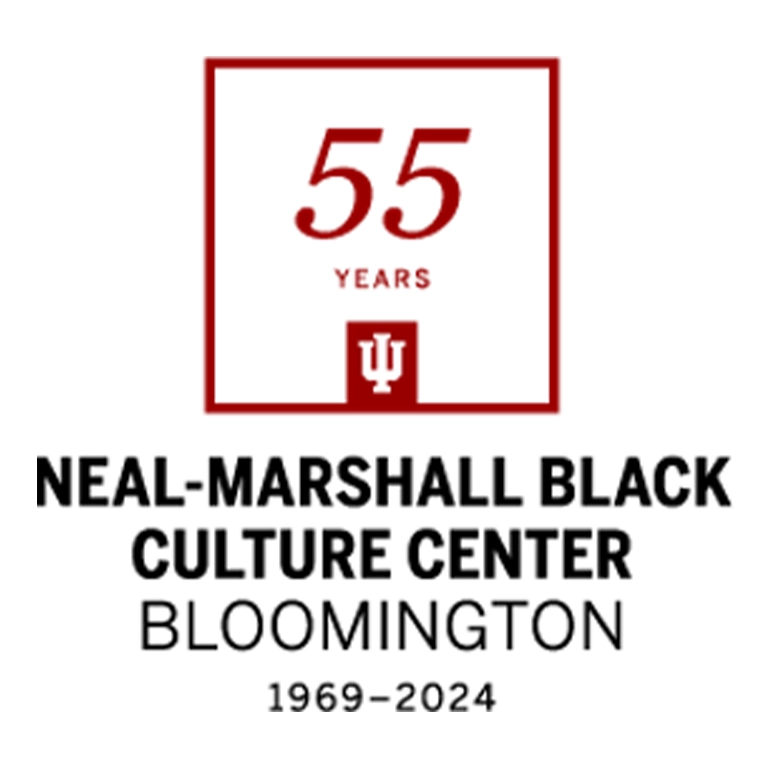Introduction to Maultsby’s Twenty Favorite Soul Music Songs
In 1966, Black college students began rejecting the non-violent and integrationist approach advocated by Martin Luther King and his Southern Christian Leadership Conference (SCLC). As an alternative, they embraced the Black Nationalist ideology of Malcolm X embodied in the self-sufficiency teachings of the Nation of Islam. Kwame Ture (aka Stokely Carmichael), chairman of the Student Non-Violent Coordinating Committee (SNCC), coined the term “Black Power” during a 1966 speech in Seattle about this ideology.
Black Power symbolizes group solidarity, community empowerment, and racial pride. Its proponents equated solidarity and empowerment with economic self-sufficiency and political control. Notions of racial pride required identification with Africa--the motherland. In this context, Black Power evolved as a political movement to which black people assigned social and cultural meaning under the rubric of “soul.” First used in 1964 by African American business owners to prevent looting during social unrest in inner cities, they placed signs in store windows that read “soul brother.” A year later in 1965, Black disc jockeys began to institutionalize the term soul by identifying Black-oriented stations as “soul radio.” The concept of soul, according to historian William L. Van Deburg, “was closely related to Black America’s need for individual and group self-definition.” Soul quickly evolved into a cultural movement defined by an ideology encompassing behavior, fashion, music, dance, visual art, foodways, language, and cultural institutions (radio and records companies). Musically, soul is defined by lyrics of social and political commentary and/or a specific sound rooted in Black gospel music--vocal and instrumental stylings and harmonic and rhythmic structures.
Despite the earlier institutionalization of the term “soul” by Black Americans, the mass media did not give full recognition to its use until 1967 when Billboard, the leading trade music magazine, published the first issue of an annual series titled “The World of Soul” to document “the impact of Blues and R&B upon our musical culture.” In 1968, Esquire magazine published an article, “An Introduction to Soul,” and Time magazine (June 28) featured Aretha Franklin on its cover as the subject of a lengthy article entitled “Lady Soul Singing It Like It Is.” In 1969, Billboard changed the name of its “Rhythm and Blues” charts to “Soul.” This acceptance of the soul label by the mass media and music industry signified an initial victory for the Black Power Movement. White institutions began adopting a term first coined, sanctioned, and used by African Americans to describe themselves, their unique cultural productions, and their cultural institutions.
Maultsby’s Top 20 Soul Music Songs
- Sam Cooke “A Change is Gonna Come” (1964)
- Curtis Mayfield “Keep on Pushing” (1964)
- Otis Redding “Respect” (1965)
- Sam and Dave “I’m a Soul Man” (1967)
- Aretha Franklin “Respect” (1967)
- Curtis Mayfield “This is My Country” (1968)
- James Brown “Say It Loud-I’m Black and I’m Proud” (1968)
- Nina Simone “How it Feels to Be Free” (1968)
- Gladys Knight & The Pips “Friendship Train” (1969)
- James Brown “I Don’t Want Nobody to Give Me Nothing (Open up the Door I’ll Get it Myself)” (1969)
- Isley Brothers “Freedom” (1970)
- Nina Simone “To Be Young, Gifted, and Black” (1970)
- Chi-Lites (“For God’s Sake) Give More Power to the People” (1971)
- Staple Singers “Respect Yourself” (1971)
- Marvin Gaye “What’s Going On” (1971)
- Al Green “Let’s Be Together” (1971)
- Isaac Hayes “Shaft” (1971)
- O’Jays “Back Stabbers” (1972)
- Stevie Wonder “Living for the City” (1973)
- Gladys Knight ‘Neither One of Us Wants to Say Goodbye” (1973)


